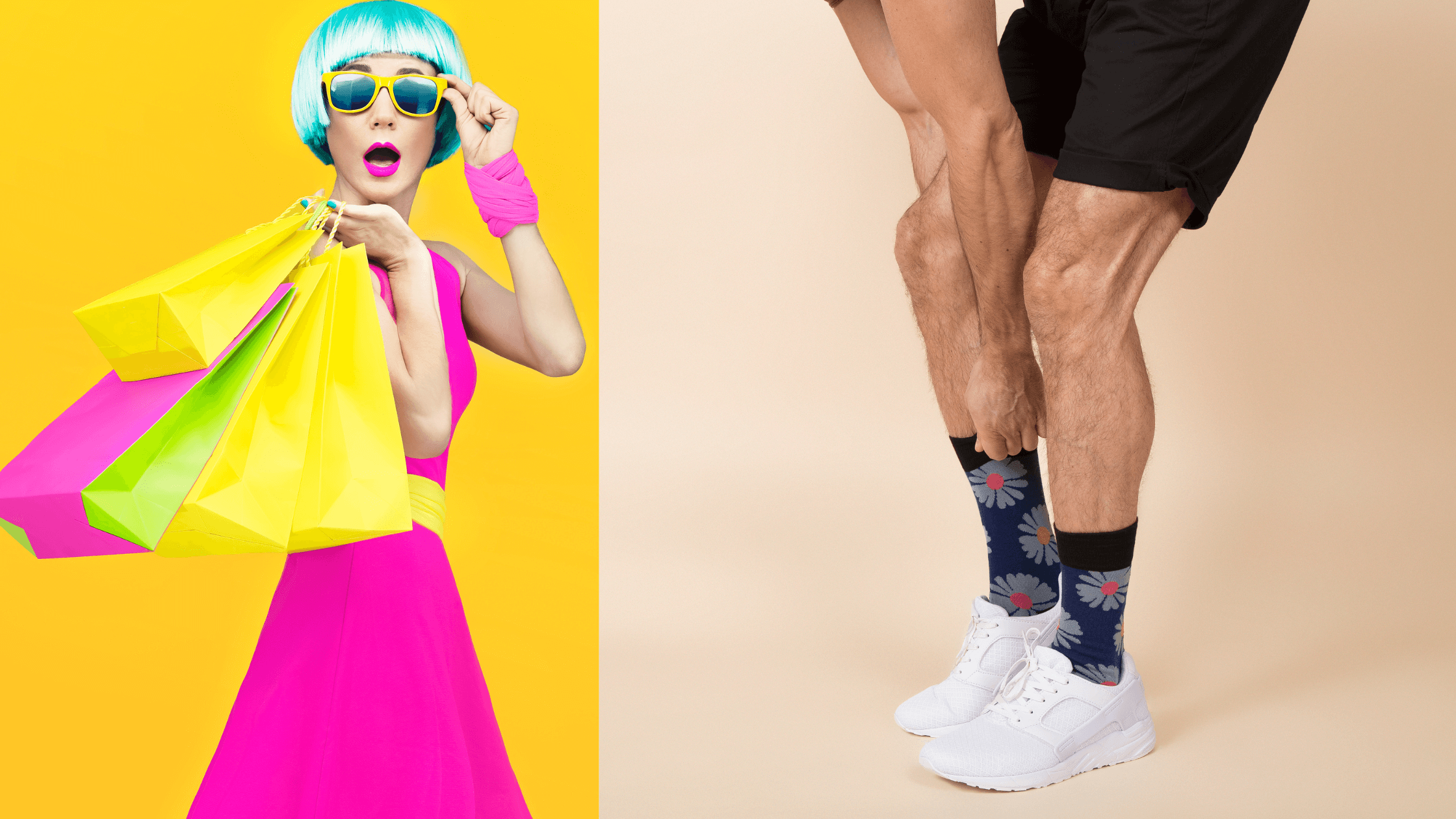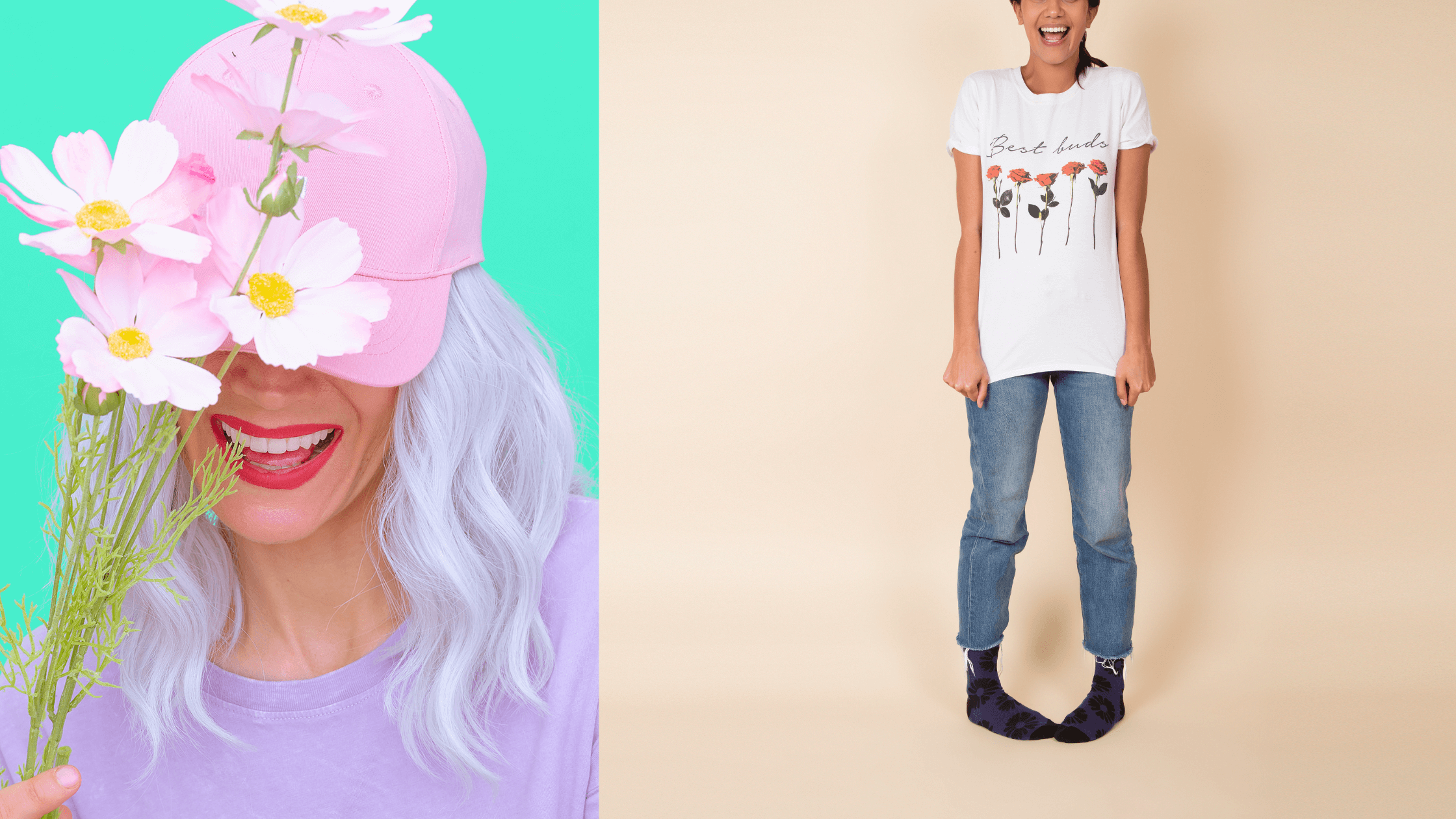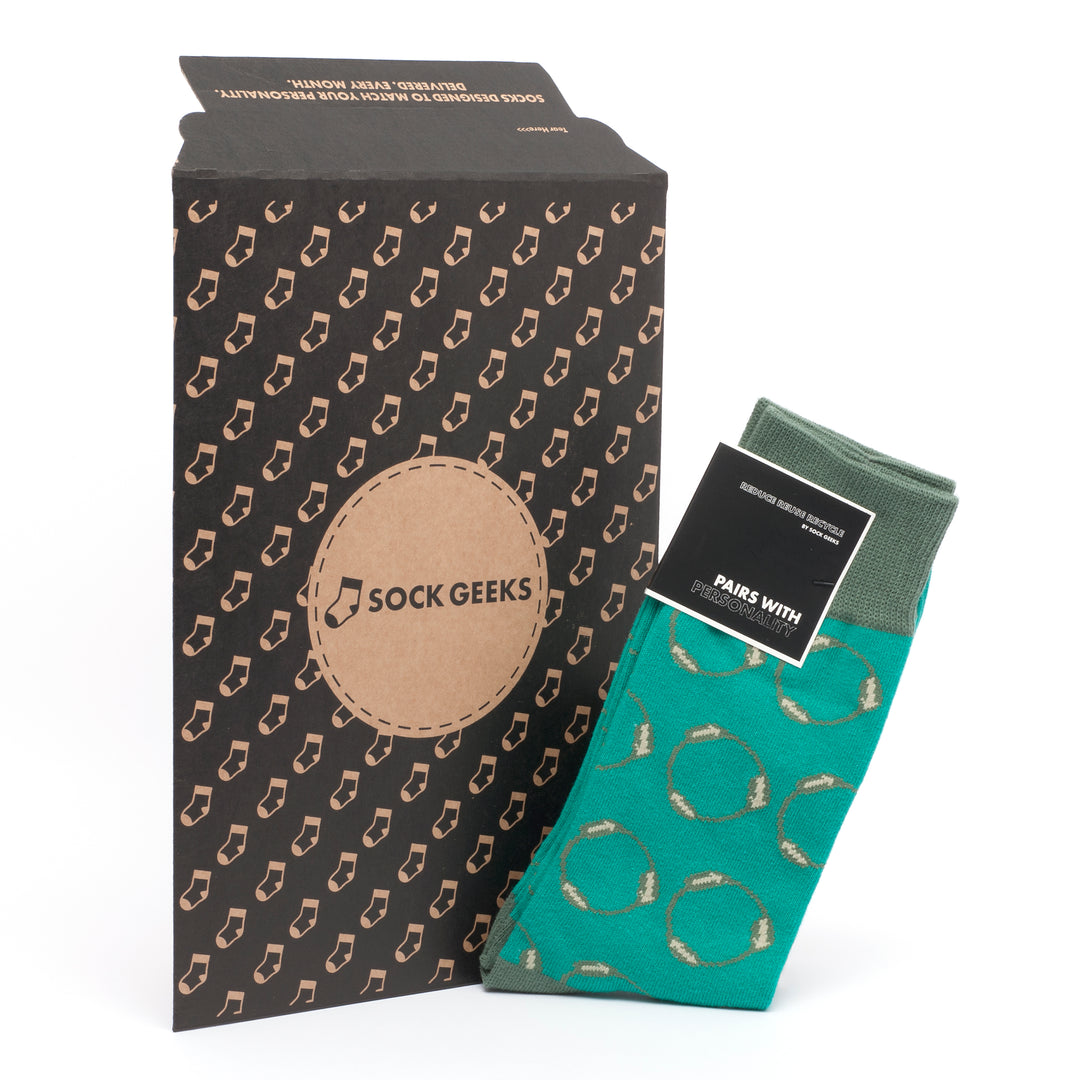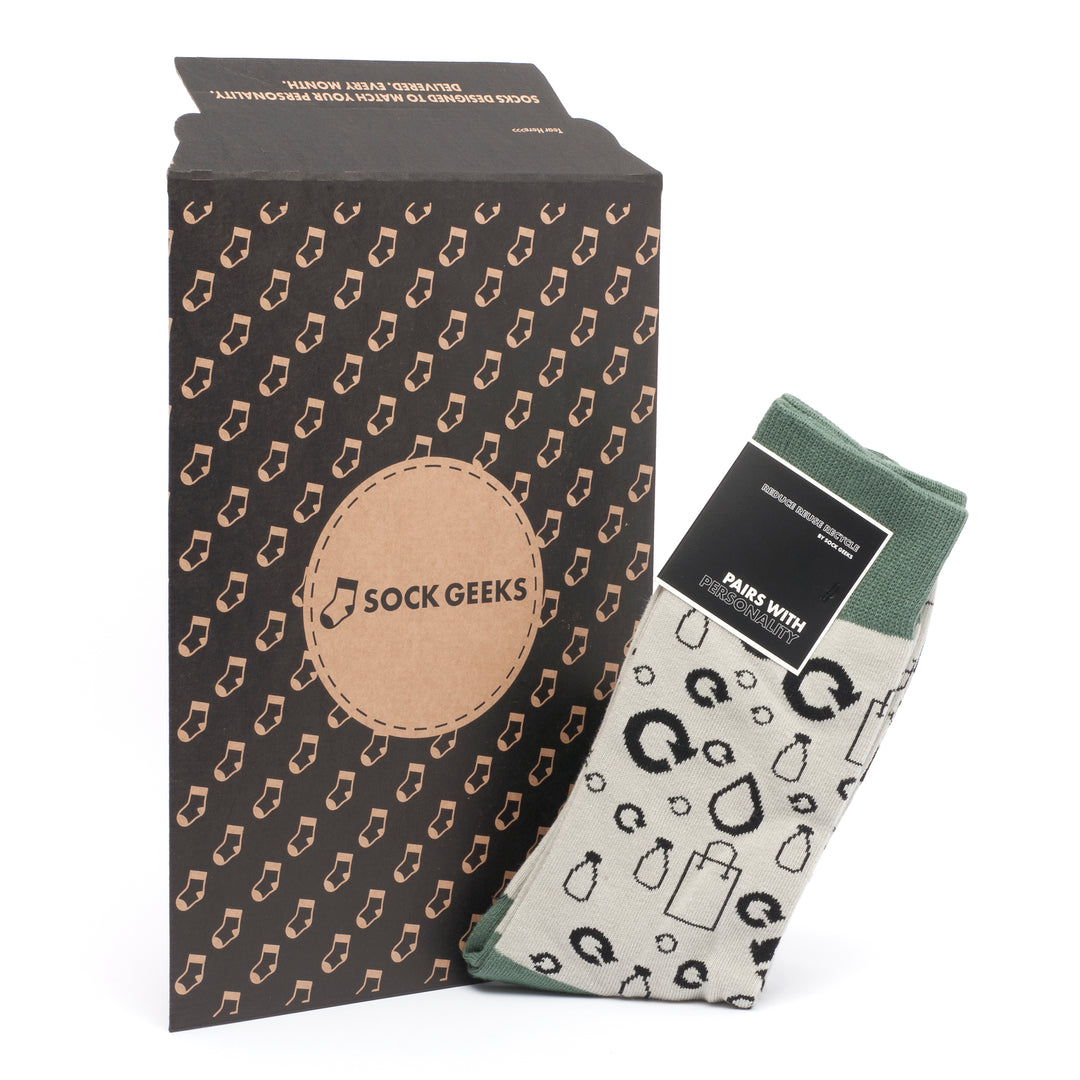The Ultimate Guide to Sock Heights
Ever wondered how the right socks can make or break your outfit? From ankle to knee-high, the height of your socks can be a game-changer in your style statement. Whether you're aiming for a casual vibe or a formal look, choosing the perfect sock height is key. So, are you ready to elevate your sock game and step up your fashion flair with the ideal socks height that suits every occasion?
Key Takeaways
- Choose sock height based on activity: Match the height of your socks to the type of activity you are engaging in, ensuring comfort and performance.
- Consider seasonal variations: Adapt your sock height choice according to the weather and seasonal conditions to maintain optimal foot temperature and protection.
- Prioritise comfort: Select sock heights that provide the right balance of coverage and breathability for maximum comfort during wear.
- Experiment with different heights: Try out various sock heights to determine which ones suit your preferences and needs best.
- Pay attention to material: Different sock heights may be available in various materials, so choose based on the level of cushioning, moisture-wicking, and durability you require.
- Layering for versatility: Utilise different sock heights for layering purposes to enhance warmth or add a pop of colour to your outfit.
Understanding Sock Heights
Sock Heights Overview
Socks come in various heights, each serving a specific purpose. From no-show to over-the-knee, the length of a sock determines its coverage and style.
- No-show: Perfect for low-cut shoes, these socks barely peek above the shoe line.
- Ankle: Providing coverage just above the ankle bone, these are versatile for various shoe types.
- Crew: Extending to mid-calf, crew socks offer more protection and warmth.
- Knee-high: Reaching just below the knee, these socks are ideal for boots and added warmth.
Men's vs. Women's Sock Heights
Men's and women's sock heights differ based on leg reach and typical preferences. While men's socks tend to be longer due to higher calf muscles, women's socks are usually shorter to accommodate lower calf lengths.
- Men's crew socks often reach higher on the calf compared to women's crew socks.
- Women's knee-high socks may sit slightly lower on the leg than men's knee-high options.
Accurate Measurement of Sock Height
To measure sock height correctly, start from the heel of the sock up to the cuff. This measurement provides an accurate depiction of how high the sock will sit on your leg.
- Lay the sock flat with the heel facing upwards.
- Measure from the bottom of the heel to the top edge of the cuff for an exact height reading.
Sock Height and Comfort
Influence on Comfort
Different sock heights can significantly impact the overall comfort of your feet. The height of a sock determines how much coverage and protection it provides, affecting your comfort levels throughout the day. For example, crew socks offer more coverage than ankle socks, providing additional warmth and cushioning.
Relationship with Foot Support
The sock height plays a crucial role in providing adequate support to your feet. Socks that extend higher up the leg, such as knee-high or over-the-calf socks, offer more stability and compression, which can help reduce fatigue and provide better arch support. This is particularly beneficial for individuals who spend long hours on their feet.
Impact on Circulation
The choice of sock height can also influence circulation in the legs. Tight-fitting socks with restrictive cuffs, like those found in some knee-high styles, may impede blood flow and lead to discomfort. Opting for looser-fitting socks or those with non-constricting cuffs can promote better circulation and prevent issues like swelling or numbness.
Choosing the Right Sock Height
Personal Preferences
When selecting different sock heights, individuals should assess their personal preferences. Some may prefer crew height socks for added coverage and warmth, while others opt for ankle socks for a more breathable feel.
Consider the type of footwear being worn alongside the sock height. For example, tall socks are ideal for pairing with boots to prevent chafing and provide extra insulation, whereas short socks are suitable for low-cut shoes to maintain a sleek look.
Impact on Fit and Feel
Review how sock height can impact the fit and feel of shoes. Crew socks offer additional cushioning and protection around the ankles, making them perfect for sports activities or long walks. On the other hand, ankle socks provide a minimalist feel and are great for casual wear or warmer weather.
- Pros:
- Crew height socks offer enhanced coverage and warmth.
- Ankle socks provide breathability and a minimalist look.
- Cons:
- Crew socks may be too warm for hot climates.
- Ankle socks might not provide enough protection in certain activities.
Sock Height for Activities
Sports
Different sports require specific sock lengths to provide optimal performance and comfort. For instance, crew socks are ideal for basketball as they offer ankle support during quick movements on the court. In contrast, knee-high socks are preferred in football to protect shins during tackles.
Outdoor Activities
When engaging in outdoor activities like hiking or skiing, selecting the right sock height is crucial. Mid-calf socks are recommended for hiking as they prevent rubbing against boots, reducing the risk of blisters. For skiing, over-the-calf socks are preferred to keep your legs warm and protect them from friction with ski boots.
Performance Enhancement
The appropriate sock height can significantly impact athletic performance. In running, wearing ankle socks reduces the risk of overheating and provides a lightweight feel suitable for speed. Conversely, calf-length socks offer compression benefits that enhance blood circulation and muscle support during long-distance runs.
Seasonal Sock Height Choices
Ideal Seasons
For sized sock styles, consider ankle socks for summer, providing breathability and comfort. Opt for crew socks in lifestyle sock designs for a trendy look during spring and autumn.
Temperature Influence
Temperature significantly impacts the choice of sock height. In warmer months, ankle socks help prevent overheating, whereas knee-high socks offer warmth in colder weather.
Layering Techniques When temperatures drop, layering with different sock heights is key. Pair ankle socks with taller socks or tights to trap heat and create a stylish winter ensemble.
Closing Thoughts
Your sock height choice can significantly impact your comfort and performance during various activities throughout the year. Understanding the different sock heights available, considering your preferences and the activities you engage in, and selecting the right sock height for each season can enhance your overall experience. Remember, the right sock height isn't just about style but also about functionality and comfort.
Make sure to assess your needs based on the insights shared in this guide to ensure you're making informed decisions when selecting your socks. Experiment with different sock heights to find what works best for you in different situations. Your feet will thank you for it!
Frequently Asked Questions
What are the different sock heights available?
There are various sock heights to choose from, including no-show, ankle, crew, knee-high, and over-the-calf. Each height offers different benefits and is suitable for specific activities or preferences.
How do I determine the right sock height for me?
Consider the type of shoes you wear and the activity you'll be doing. For example, no-show socks are great for low-cut shoes, while knee-high socks provide extra warmth and support during intense activities like hiking.
Can sock height affect my comfort?
Yes, the height of your socks can impact your comfort level. Choosing the right height ensures a proper fit, prevents rubbing or slipping, and helps regulate temperature to keep your feet feeling comfortable all day.
Are there seasonal considerations when selecting sock heights?
Absolutely! In colder seasons, opt for higher sock heights like knee-high or over-the-calf to keep your legs warm. For warmer weather, shorter sock heights such as no-show or ankle socks offer breathability and a lighter feel.
Do different activities require specific sock heights?
Yes, certain activities benefit from particular sock heights. For instance, sports like football or rugby may require over-the-calf socks for added protection and support, while running or cycling could be more comfortable with ankle or crew-length socks.




















Leave a comment